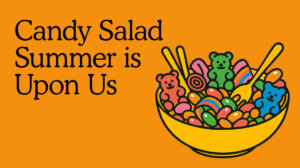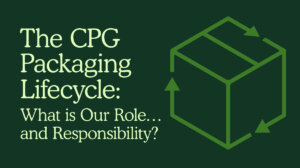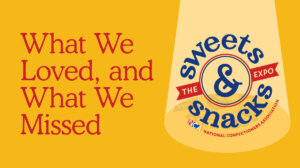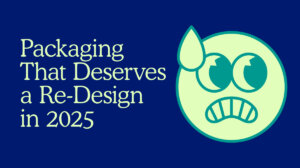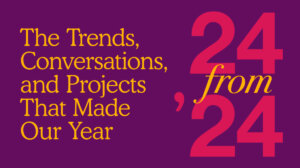In the spring of 2016, IDSA quarterly “Women in Industrial Design” featured Professor Joyce Thomas, an influential industrial design professor at University of Illinois at Urbana-Champaign. A couple standout senior projects from her tenure were also featured, and we are proud to have one of these featured students on our Kaleidoscope team! We took the opportunity to talk with Kelly Lin about her senior project- a brainy, inspirational alternative to Barbie and Bratz- Miss Possible, and asked her perspective on what made University of Illinois at Urbana-Champaign such a noteworthy place to prepare for her career as an industrial designer.
 What is Miss Possible?
What is Miss Possible?
Miss Possible is a doll start-up that was started by two female engineers at the University of Illinois at Urbana-Champaign. Miss Possible focuses on empowering young girls to become who they want to be by showing them real life role models. Each Miss Possible doll is based on a historical female role model who has made significant impacts in their respective fields. We are focusing on women in the field of STEM (Science, Technology, Engineering, and Mathematics) with our first doll being a cute 10 year old version of Marie Curie (first women to receive a Nobel Peace Prize in both Chemistry and Physics).
Miss Possible strives to create an engaging two-fold experience for young girls through both physical play and virtual play. Knowing how important digital products are for kids today, we know it’s very important to accompany the doll with a virtual app where young girls can access the app character versions of their dolls as they walk them through experiments that they can do right at home. Within the app, users can access their role model’s stories filled with playful illustrations and learn about their struggles and achievements. The entire philosophy behind Miss Possible is to show young girls that there are more occupations out there for them besides the usual ones that Bratz or Barbie portray. We want the names of many great women who are barely recognized in history books a chance to empower and inspire.
What kind of obstacles did you run into along the way?
Our major struggle through the entire experience was definitely going through the prototyping and manufacturing process. As a student, I had never experienced working with factories. This experience was priceless in the sense that it allowed me to navigate those waters for the first time. Communication aside, the time that it took to prototype Marie Curie spanned close to 10 months including setting the head and body molds, implementing hair color and eye design, and clothing designs.
What are the top three things you learned from the Miss Possible project? How have you been able to use those skills at Kaleidoscope?
The first takeaway from my Miss Possible experience is learning how to tie all aspects of a brand together. Granted- we are still working on it. A brand is not built overnight. It’s been almost three years, we’ve gone through two brand overhauls and are just beginning to feel like things are falling into place. I have to constantly remember that I’m not just designing a product, but I’m building a brand. Ultimately, the design of the doll is not just going to be an object, but an extension of our brand. To this day, we are still adapting our typefaces, changing our colors, and making sure every touchpoint is consistent and works together. I’m truly thankful for this experience at U of I because most students don’t get to learn branding by building one from the ground up, obstacles and all.
The second major thing I learned from building Miss Possible is that communication is key. In school, it’s so easy to talk to fellow designers and know exactly what we expect from each other. Miss Possible has a small interdisciplinary team, and I learned to adapt my language based on who I was addressing in the group.
Lastly, but importantly- I learned to get creative with communication. Our manufacturer is in Shenzhen, so I learned very quickly that an email would not effectively communicate what we needed, especially because of the slight language barrier. I was able to speak Chinese directly to manufacturers through calls, and sent photoshopped images along with emails when necessary. When words would fail, images never did.
All three takeaways from the Miss Possible project really taught me to value the collaboration at Kaleidoscope and keep working towards effective communication across our many in-house disciplines. At Kaleidoscope I usually work with graphic designers, implementation and mock-up artists and brand strategists all in the same day, so I need to know how to effectively communicate even though the vernacular changes. This culture of cross-discipline collaboration allows me to learn and practice skills beyond just industrial design. It’s incredibly important to always be thinking about the overarching brand strategy when doing design work or any kind. Being part of Miss Possible as a start-up helps me learn from to be flexible to meet the needs of our clients.



